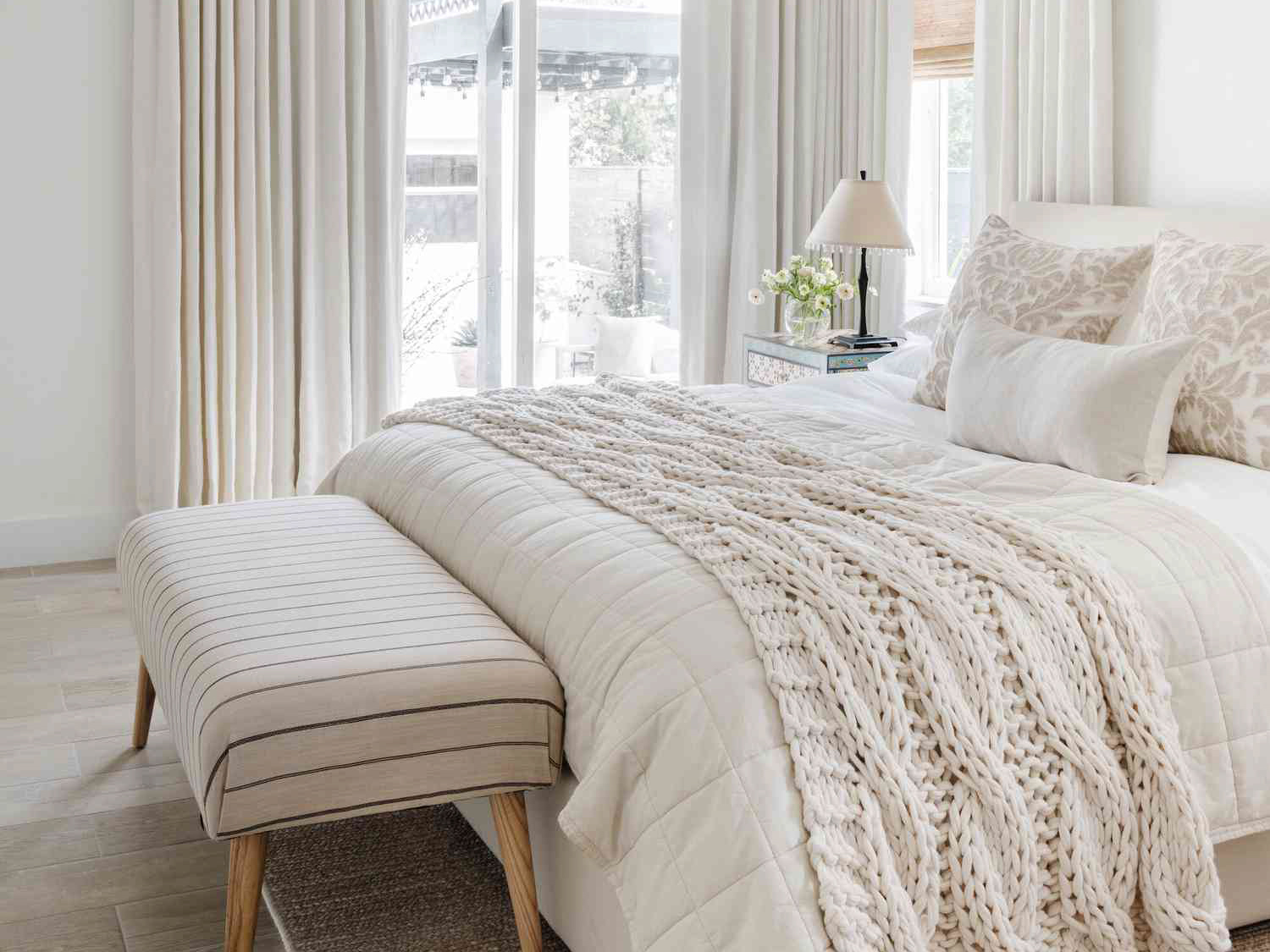For centuries, birds have been weaving intricate nests out of a variety of materials including twigs, grasses, and even spider webs. These nests serve as crucial homes for eggs and offspring, providing protection from the elements and predators. In this article, we’ll explore the fascinating world of woven bird nests and the incredible engineering and design that goes into their creation.
The Anatomy of a Woven Bird Nest
At the most basic level, a woven bird nest consists of a hollowed-out depression lined with materials such as twigs, grasses, and feathers. However, the level of complexity and craftsmanship can vary widely depending on the bird species and the environment in which they live.
Materials
Some birds, such as the bald eagle, weave their nests exclusively out of twigs, while others use additional materials such as mud or spider silk. The black-throated sparrow, for example, weaves its nest out of strips of yucca leaves, while the sociable weaver constructs massive communal nests out of grass and sticks.
Construction
The way in which birds construct their nests can be just as remarkable as the materials they use. For example, the male bowerbird of Papua New Guinea spends months gathering twigs and arranging them in a precise structure to attract a mate. The male will then decorate the nest with colorful objects such as flowers, shells, or feathers.
The Evolution of Woven Bird Nests
Scientists believe that the ability to build woven nests may have played a crucial role in the evolution of birds. The primeval ancestor of birds was likely a small, lizard-like creature that lived in trees. These primitive birds likely built simple nests from leaves and twigs. Over time, as birds evolved into more diverse species, they evolved more complex nest-building techniques and materials.
Adaptation to Environment
The specific materials and construction techniques that birds use to build their nests can be partially determined by their environment. Birds that live in areas with high predation, such as the Arctic Tern, may build nests that offer more protection than those that live in areas with fewer predators.
The Role of Sexual Selection
Many birds build nests that serve as a way to attract mates. The quality and craftsmanship of a bird’s nest can indicate its overall fitness and genetic quality. Males of some species, such as the satin bowerbird, even decorate their nests to attract females. This has led to a phenomenon known as “runaway selection” in which the traits that are most attractive to a mate become more and more exaggerated over time.
Threats to Woven Bird Nests
Despite the incredible ingenuity and beauty of woven bird nests, many species face threats from environmental degradation and human activity. Habitat loss, pollution, and climate change can all affect a bird’s ability to build a safe and secure nest for its young.
Empowering Conservation Efforts
Understanding and appreciating the complexity and importance of woven bird nests can help to further conservation efforts. By protecting bird habitats and working to mitigate the effects of climate change, we can ensure that future generations will continue to be amazed by these incredible structures.
The woven bird nest is a remarkable example of the ingenuity and adaptability of birds. From the simple twig nests of early birds to the elaborate structures of modern species, the evolution of woven bird nests is a testament to the power of natural selection and the importance of the environment. By studying and appreciating these incredible structures, we can work towards a more sustainable future for both birds and humans.



